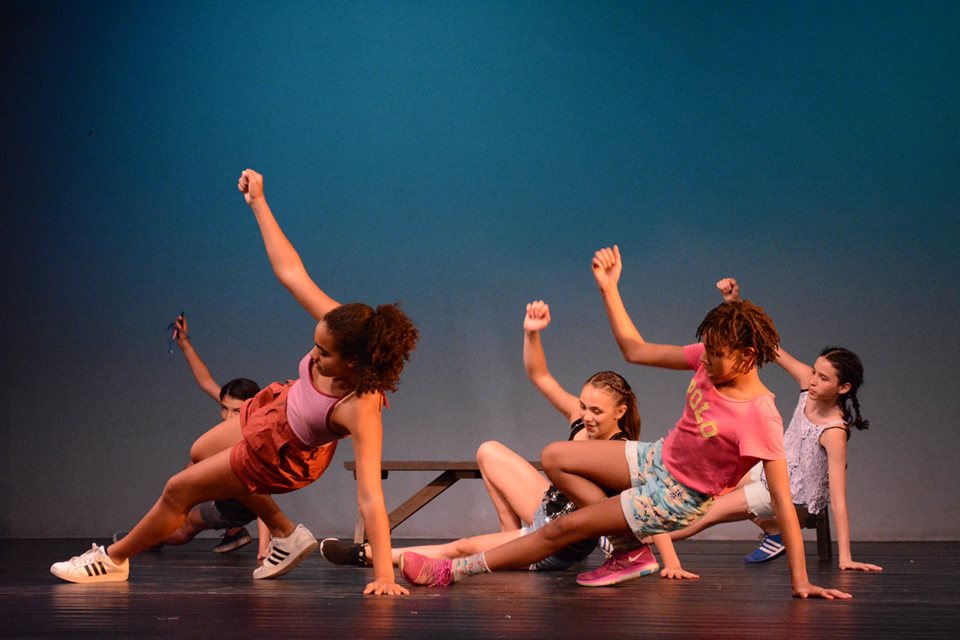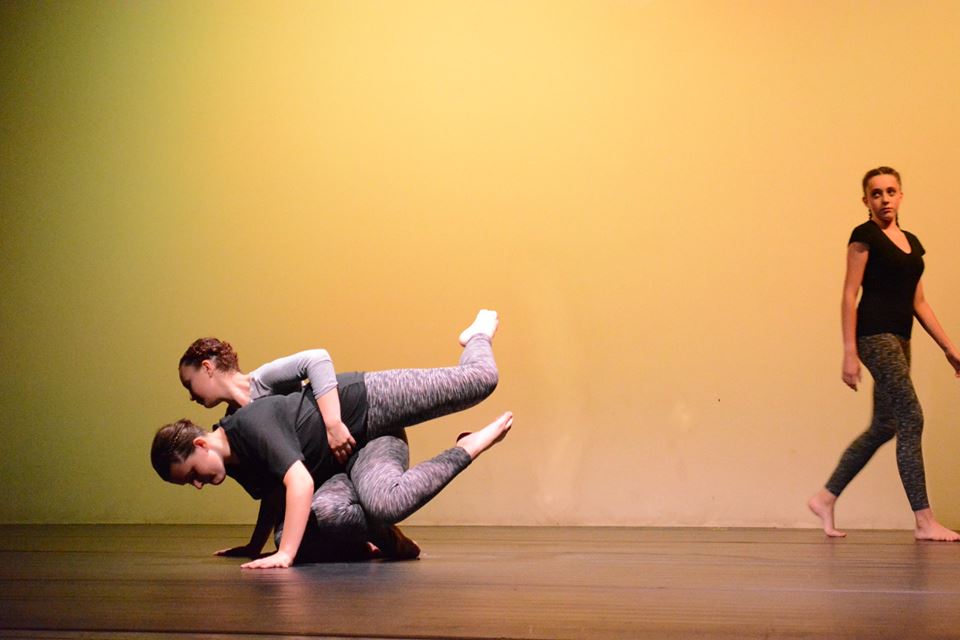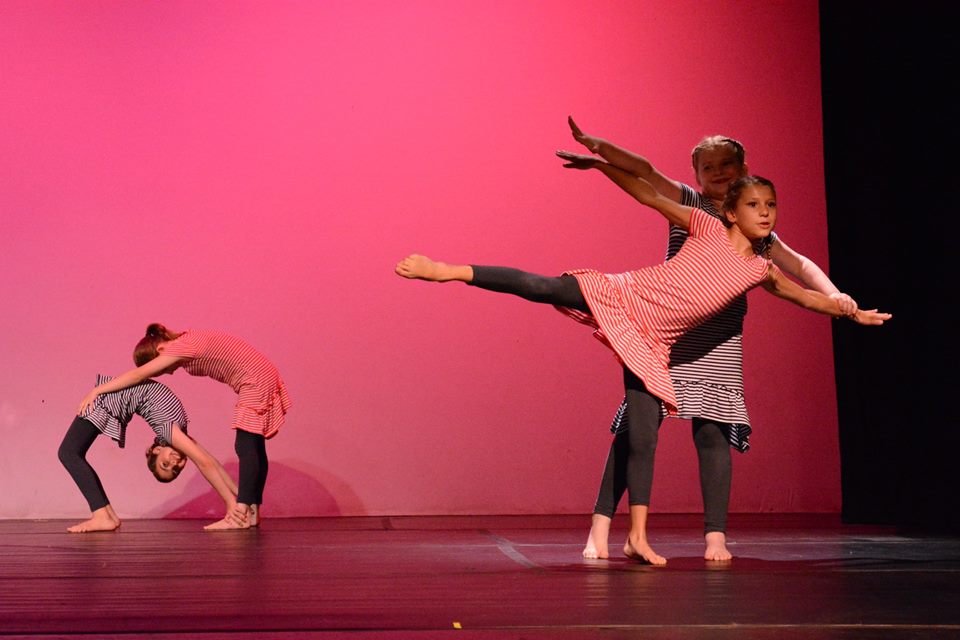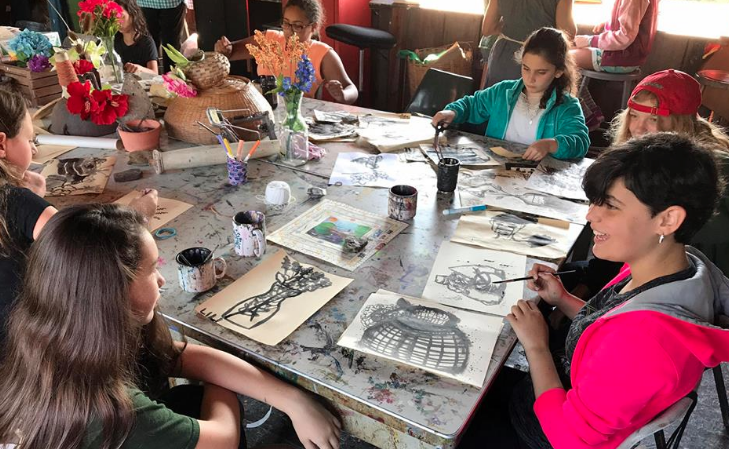
It will come as no surprise to read that technology has taken over, well, everything. (I mean, you’re not reading this in a print magazine, are you?) But tech’s ubiquity is about more than just being slaves to social media or reliant on Google or Alexa to tell us, well, everything we need to know (and solving conflicts both minor and major). Tech is also a driving force in our lives, and those of our children, because of the way in which it’s asserted dominance in how we conceptualize our world, its future, and our place in it.
For some time now, technology has been touted as the key to figuring out a successful life. Careers in STEM subjects are prioritized for kids from a very young age. And while I really don’t believe in the utility of “preparing” kids for specific careers before they’re in college, that doesn’t mean I haven’t seen how insidious the emphasis on technology as savior is. Learning to code has been praised as the answer for everything from combatting gender inequality to lifting kids out of poverty to ending systemic racism. (Need proof? See the way in which Black Panther‘s King T’challa decides to help the impoverished kids of Oakland by… having his tech wiz sister, Shuri, teach them how to code.)
Learning to code has been praised as the answer for everything from combatting gender inequality to lifting kids out of poverty to ending systemic racism.
This isn’t a sudden sea change, of course. Technology as an advancement tool has been a huge part of the cultural conversation since the mid-20th century days of the space race. And if you or your children have attended American public schools in the last several decades, you’ve seen the ways in which STEM classes and tech have grown in importance in the classroom. And that’s to say nothing of the ways in which tech’s importance has grown in our personal lives, i.e. a lot.
It would be easy to look at this state of affairs and conclude that as tech continues to take over, that art has lost its relevance, and is a relic of a long-gone analog world. After all, if you look at the ways in which art and the humanities have been drastically deprioritized in school settings, it’s clear that many educators and administrators no longer find value in it.
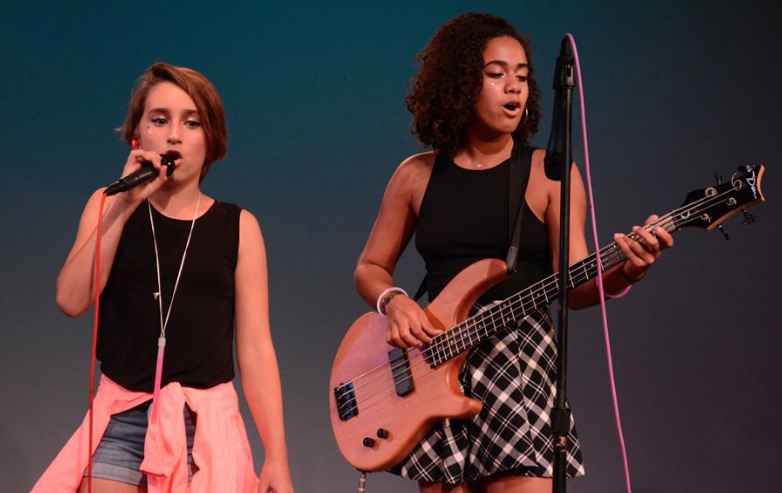
But this is a huge loss. Art and the humanities are more relevant than ever in a world where tech’s ubiquity raises many philosophical questions that only people who have a foundational education in the humanities can answer. Beyond that, art offers so many opportunities to do things like problem solve, learn to focus on difficult tasks, persevere, and work out creative solutions. These are all tools that can be used in technological areas, where analog thinking can actually be a huge asset.
But also: It’s important to remember that tech and art are not a binary equation; they are not two oppositional forces. Instead, tech and art can—and must—be combined in order for both to progress in a way that is truly comprehensive and revolutionary. And just in the same way technological solutions can feel liberating (it is pretty nice to know what the weather will be like halfway around the world as you prepare for a vacation), art can be a freeing respite from a world spent in front of a series of screens.
It’s important to remember that tech and art are not a binary equation; they are not two oppositional forces.
And this is where an arts education—including, most certainly, at camp—comes in. It offers the chance for kids whose typical school year is overloaded with science and math to try completely different approaches to problems. It allows them to glimpse a world that incorporates tech, but isn’t wholly reliant on it. It gives them options. This is essential to creating an understanding of the world as not being an either/or kind of a place, but rather one where the limits are malleable, the possibilities capable of multiplying, as long as you don’t see the world as nothing more than a mere series of 1s and 0s.

